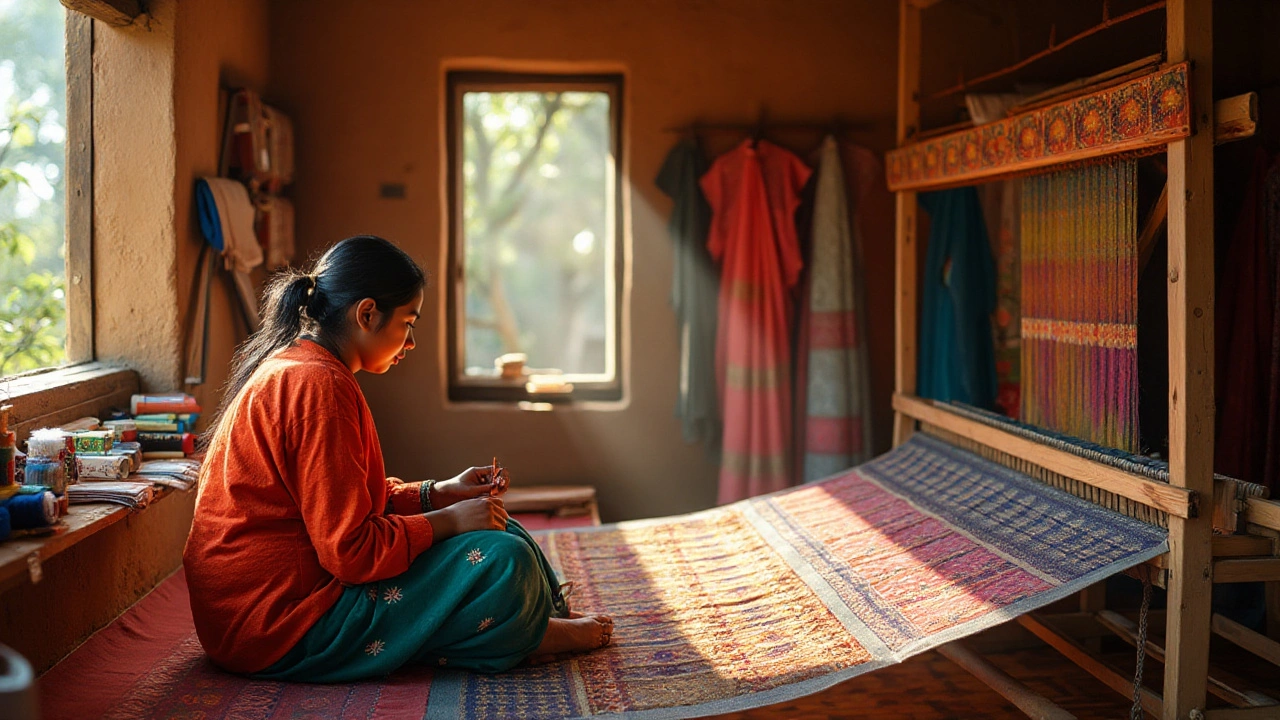Textiles in India: Trends, Opportunities, and Top Players
India’s textile scene is huge and keeps changing fast. Whether you run a small shop or plan a big factory, knowing what’s hot and who’s leading helps you make smart moves. This page gathers the most useful facts, ideas, and stats so you can act right away.
We’ll break down why the sector matters, point out the most profitable niches, and give quick tips you can try today. No fluff, just clear steps you can use.
Why India’s Textile Sector Matters
The country produces over 100 million meters of fabric every year, feeding both domestic demand and export markets. A big part of the growth comes from a youthful workforce and government schemes that lower loan costs for manufacturers.
Because cotton, silk, and jute grow locally, raw material costs stay lower than in many other nations. That gives Indian makers a price edge, especially in fast‑fashion and home‑textile segments.
Export numbers show a steady rise: in the last fiscal year, textile exports crossed $45 billion, driven by synthetic fabrics, technical textiles, and ready‑made garments. This momentum means more jobs and more chances for new entrepreneurs.
Profitable Textile Business Ideas
If you’re hunting a niche with good returns, start with technical textiles. These are fabrics used in automotive, medical, and construction fields. The margins are higher because the products need special treatments and the market isn’t flooded.
Another hot area is sustainable fashion. Consumers are paying extra for organic cotton, recycled polyester, and low‑water dyes. Small workshops can source eco‑friendly fibers and sell directly online, cutting middle‑man costs.Home décor textiles like printed curtains, throw pillows, and wall tapestries also sell well. The key is to offer unique designs that reflect local art, which many buyers abroad love.
For a quick start, consider a contract‑manufacturing model. Partner with fashion brands that need bulk fabric or cut‑and‑sew services. You supply the material, they handle the branding. This reduces marketing spend and gives steady orders.
Keep an eye on government incentives. Schemes like the Technology Upgradation Fund Scheme (TUFS) can cover up to 15% of equipment costs, and the Production Linked Incentive (PLI) program offers cash rewards for meeting export targets.
Finally, use digital tools to track inventory and demand. Simple software can alert you when a raw‑material price spikes or when a product line is selling fast, letting you adjust production fast.
Start with one idea, test it on a small scale, and scale up once you see profit. The Indian textile market is vast, but success comes from focusing on a clear niche, leveraging local strengths, and staying agile.
Popular Fabrics in Indian Textile Industry: A Deep Dive
India's rich textile heritage boasts a diverse range of fabrics, each with its own unique significance. From the cool comfort of cotton to the luxurious luster of silk, these materials highlight both traditional craftsmanship and innovative design. This article explores the most commonly used fabrics in India's textile industry, providing insights into their uses, characteristics, and cultural importance. Discover why these materials continue to play a vital role in India's vibrant textile market.
Read More
